It remains to be seen whether the actions taken by the Morrison government in the last two weeks will have been swift and comprehensive enough to stem the exponential growth of the spread in Australia of coronavirus, but the early signs are promising. Being a numbers game, it was always the case, as this magazine argued, that going in hard — swift and decisive action early on — was the only logical response to a situation where normally a ‘let’s wait and see’ approach would be the politician’s natural haven. With no proven cure or vaccine on the one hand and the terrifying spread of the virus and the spiralling death tolls in places like Italy, Spain and the United Kingdom on the other, the only humane response to hopefully avoid their fate was to manually stop the spread of the infection. The swifter and more draconian the social distancing measures, logic and maths dictate, the more likely a successful outcome.
But if logic dictates the way to beat an exponentially-increasing virus is to go in hard and early, logic also dictates that in order not to do too much damage to the economy, a clear timetable for getting out is critical. This is not a war of attrition. This is a numbers game. And not only the numbers of deaths, but also the number of bankruptcies and unemployed must be key factors in our thinking.
Critical to containing the contagion is accurate and comprehensive data about where the virus is spreading, how quickly and among whom. In other countries that appear to be getting on top of the contagion, testing has played the fundamental role. We urgently need mass-testing so as not only to track where the virus is, but equally importantly, where it isn’t.
That way, we can be clever and use the overwhelming advantage that our wide open spaces gives us to begin ‘customising’ our restrictions. It makes no sense that businesses in far-flung corners of Australia, or even regional and rural Australia, should be being penalised for the ‘sins’ of the metropolitan seaboards if the virus is not present.
Buying time by ‘flattening the curve’ is critical if the worst experiences from overseas are not to be replicated here. We are potentially only two weeks behind the UK. So again, logic dictates that slowing the rate of infection must ultimately lower the death toll so long as that time is put to good use by governments and medical authorities to rapidly acquire more resources. Self-evidently, the overwhelming of those resources (too few beds, not enough ventilators, etc.) has had tragic consequences in many countries.
With comprehensive and adequate testing and other controls, within the next few weeks it should be possible for the government to relax business restrictions in large parts of rural and regional Australia and confine the contagion battle to the crowded cities. We need a flexible and highly-responsive approach that allows us to free up economic restrictions wherever, and as soon as, we possibly can. But such an approach requires solid data and the ability for rapid medical responses wherever there is any unexpected outbreak of the virus.
Without hopefully speaking too soon, there are encouraging signs that the rate of infection is slowing. Indeed, it is also becoming obvious where those early clusters of infections came from. It would appear that those wealthier Australians who chose to escape our drought-ridden and bushfire-ravaged summer and instead took to the slopes in northern Italy and the US, among other pleasurable holiday spots, brought back more than just happy memories and selfies. How ironic that the dinner-party-loving, chardonnay-swilling, cocaine-snorting, virtue-signalling electorates represented by our most vociferous climate doom-mongers are now our coronavirus contagion hotspots.
Scott Morrison’s and Josh Frydenberg’s $130 billion JobKeeper package has some commendable points; primarily, maintaining the link between employer and employee (and keeping the employee out of Centrelink) and the setting of a six-month deadline.
But we need much clearer and swifter deadlines and milestones to aim for. We need a set of metrics whereby success in stopping the spread of the virus is directly linked in the public’s mind to the relaxation of the stringency of the social-distancing and anti-employment measures. Now is the time to start framing a clear and specific pathway out of the ‘lockdown’. We must lay out the markers of success and a viable but swift timeline for a return to business and economic normality.
This crisis was, tragically, all foreseeable and indeed preventable —had the WHO, the UN, the EU and all the other supranational bodies been focussed on preventing a flu pandemic rather than the nonsense of climate change we wouldn’t be in this mess.
If — and it’s a very big if — we have succeeded in getting ahead of the contagion curve, next we must be equally swift and determined to get ahead of the unemployment curve.
Got something to add? Join the discussion and comment below.
Get 10 issues for just $10
Subscribe to The Spectator Australia today for the next 10 magazine issues, plus full online access, for just $10.
You might disagree with half of it, but you’ll enjoy reading all of it. Try your first month for free, then just $2 a week for the remainder of your first year.


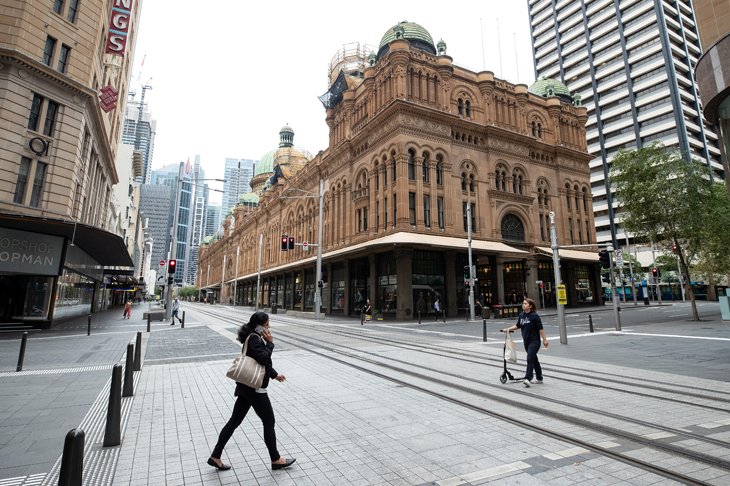
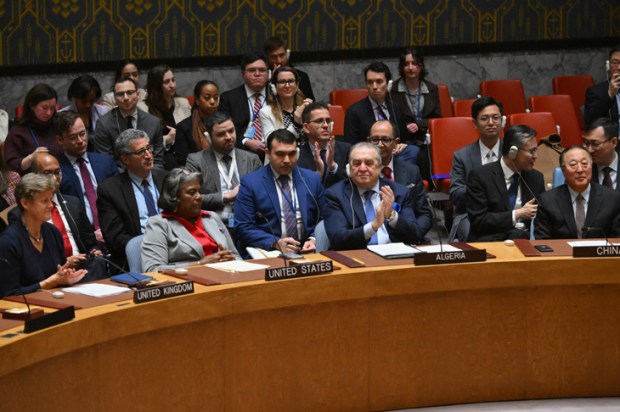


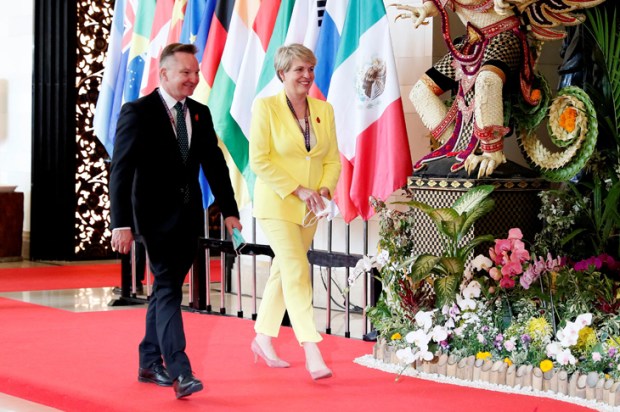
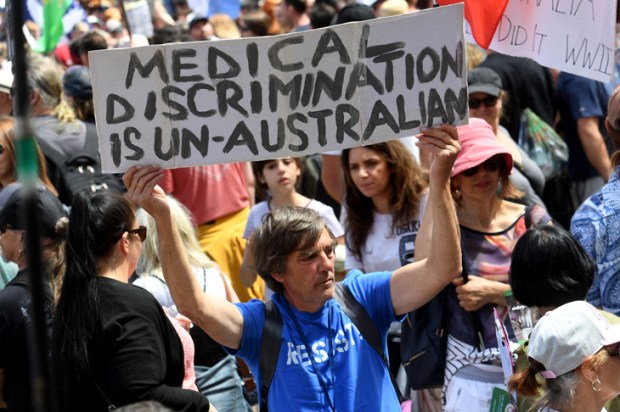
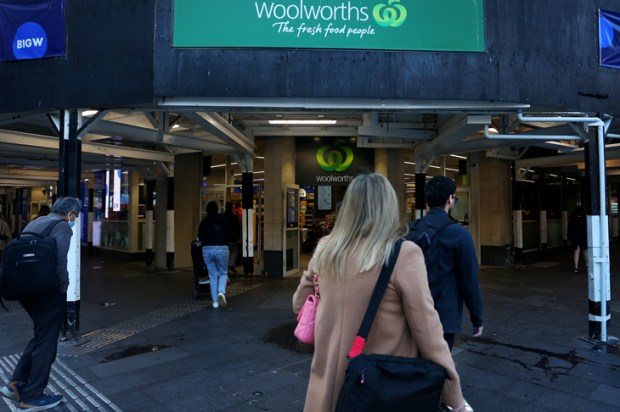






Comments
Don't miss out
Join the conversation with other Spectator Australia readers. Subscribe to leave a comment.
SUBSCRIBEAlready a subscriber? Log in